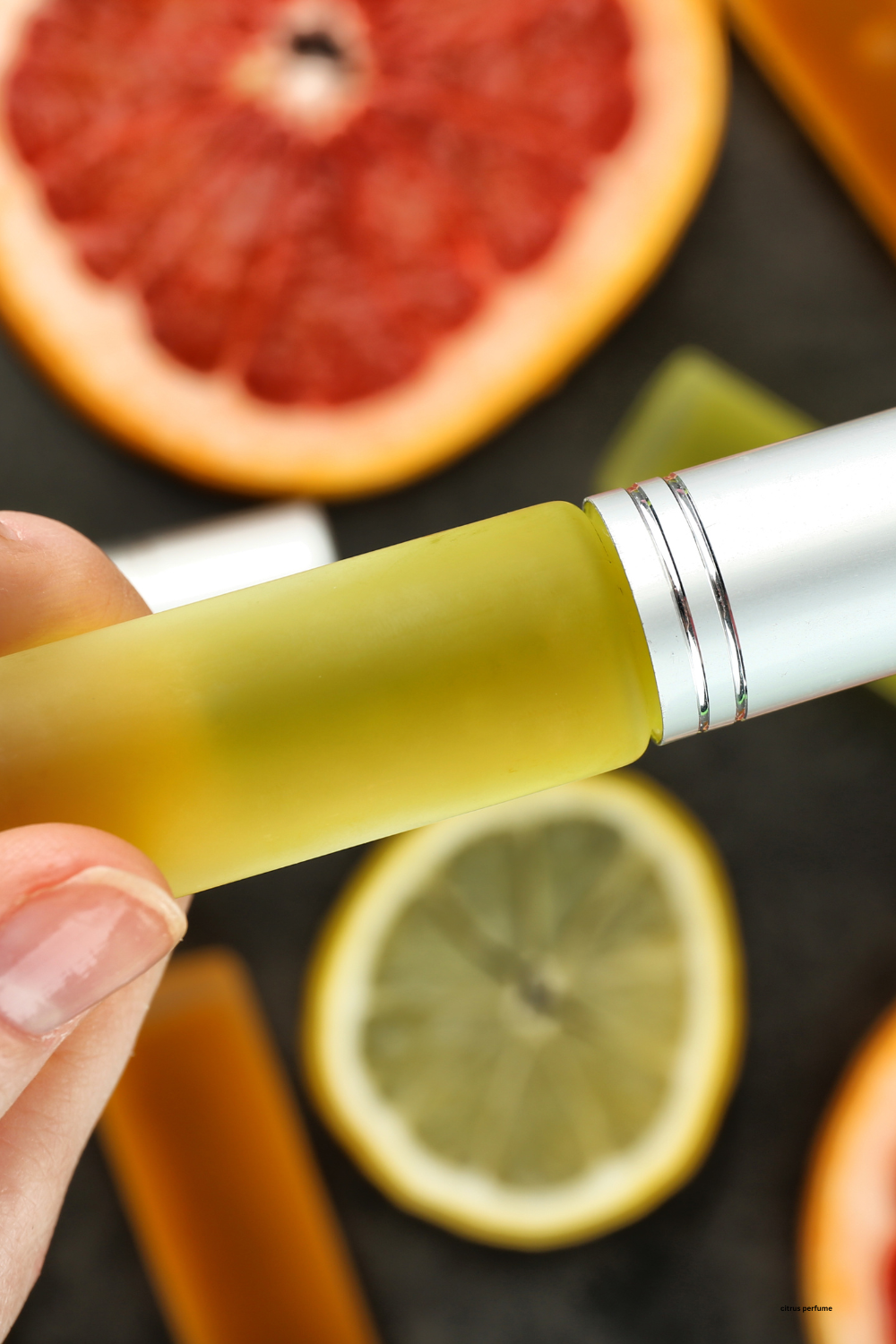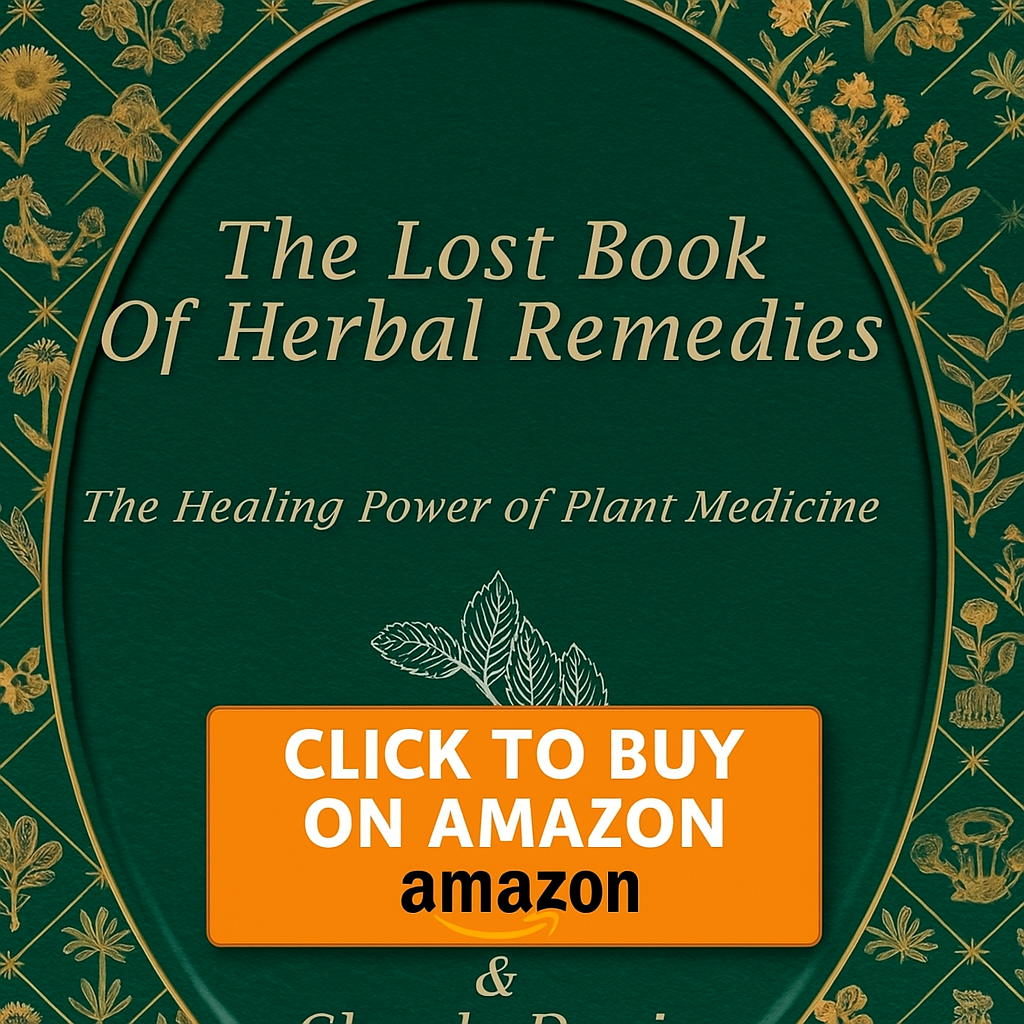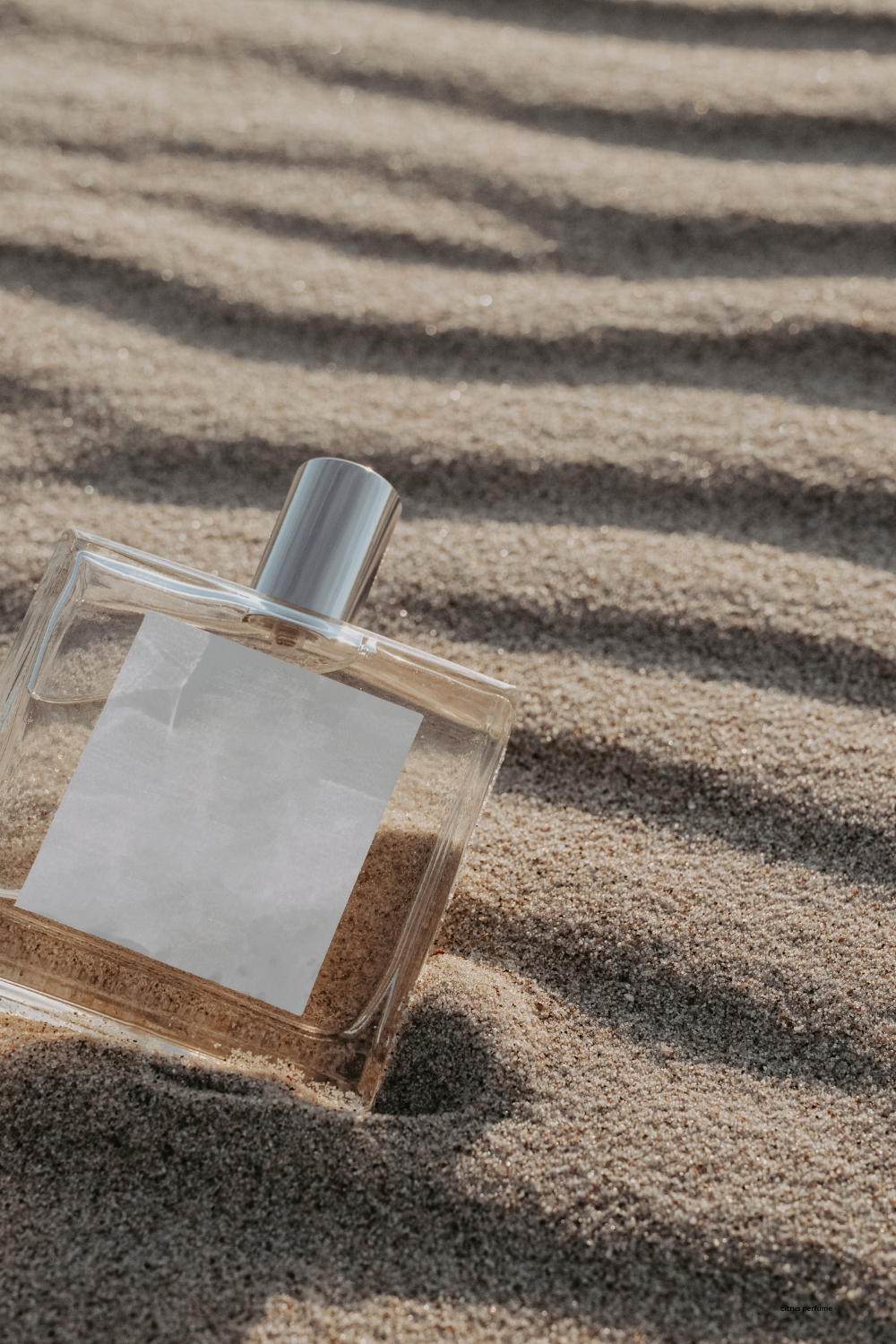How to Make Perfume with Essential Oils
How to Make Perfume with Essential Oils: 10 Women’s Perfume Recipes
Making perfume with essential oils is a creative way to craft a personalized scent. This article provides detailed recipes from 10 women who have successfully created their signature perfumes, along with the compliments they received.
The Basics of Perfume Making
What You Need:
Essential Oils: Choose top (citrus/bright), middle (floral/spicy), and base (woody/earthy) notes.
Carrier Oils or Alcohol: Options include jojoba oil, almond oil, or vodka.
Glass Containers: Spray bottles or roll-ons.
Droppers: For precise measurements.
Formula Ratios:
50% Base Notes: Longevity and depth.
30% Middle Notes: Heart of the perfume.
20% Top Notes: The initial impression.
Allow your perfume to sit for 24 hours to a week to meld the scents before use.
10 Women, Their Recipes, and Compliments Received
1. Perfume that Smells Like Flowers Recipe
Recipe:
5 drops rose oil (middle note)
2 drops sandalwood oil (base note)
3 drops bergamot oil (top note)
10 ml jojoba oil
Compliment received: “It smells like a luxurious garden in bloom.”
Source: Sophia shared her process in a DIY workshop
2. Perfume that Smells Like Citrus Recipe
Recipe:
4 drops lemon oil (top note)
3 drops lavender oil (middle note)
2 drops patchouli oil (base note)
Vodka as the base
Compliment received: “You smell so fresh and vibrant!”
Source: From a natural living blog
3. Perfume that Smells Like the Woods Recipe
Recipe:
6 drops cedarwood oil (base note)
3 drops eucalyptus oil (middle note)
1 drop lime oil (top note)
10 ml sweet almond oil
Compliment received: “Your scent is so calming—it’s like a walk in the woods.”
Source: Aromatherapy class testimonial
4. Perfume that Smells Like Dessert Recipe
Recipe:
5 drops vanilla oil (base note)
2 drops jasmine oil (middle note)
3 drops sweet orange oil (top note)
Coconut oil as the carrier
Compliment received: “You smell like a sweet dessert—so cozy!”
Source: Featured on an essential oils podcast
5. Perfume that Smells Spicy Recipe
Recipe:
4 drops frankincense oil (base note)
3 drops ylang-ylang oil (middle note)
3 drops clove oil (top note)
Vodka and distilled water as the base
Compliment received: “Such a unique, warm fragrance.”
Source: DIY perfume enthusiast blog
6. Perfume that’s Great for the Summer Recipe
Recipe:
4 drops grapefruit oil (top note)
2 drops neroli oil (middle note)
4 drops sandalwood oil (base note)
10 ml jojoba oil
Compliment received: “Bright and energizing—perfect for summer.”
Source: Community workshop write-up
7. Perfume that’s Romantic Recipe
Recipe:
4 drops jasmine oil (middle note)
5 drops bergamot oil (top note)
3 drops vetiver oil (base note)
Almond oil as the carrier
Compliment received: “Your scent is so romantic and elegant.”
Source: Perfume-making class
8. Relaxation Perfume Recipe
Recipe:
5 drops lavender oil (middle note)
3 drops chamomile oil (base note)
2 drops lemon oil (top note)
Vodka as the carrier
Compliment received: “Smells like relaxation in a bottle.”
Source: Shared in a holistic health magazine
9. Exotic Perfume Recipe
Recipe:
4 drops patchouli oil (base note)
3 drops rose oil (middle note)
3 drops clary sage oil (top note)
Grapeseed oil as the carrier
Compliment received: “Exudes confidence and mystery.”
Source: Aromatherapy forum
10. Lila’s Sweet Floral Harmony
Recipe:
3 drops vanilla oil (base note)
3 drops ylang-ylang oil (middle note)
4 drops bergamot oil (top note)
Jojoba oil as the carrier
Compliment received: “You smell so uplifting—it brightens my day!”
Source: DIY guide
Note on Types of Essential Oils - Make Sure they are High-Quality Essential Oils
Check for Certification:
Seek oils that are certified organic or labeled as 100% pure therapeutic-grade to ensure they are free from harmful additives or synthetic ingredients.
Packaging:
Essential oils should be sold in dark glass bottles (amber or cobalt blue) to protect them from light and maintain quality.
Source Transparency:
Purchase from companies that share details about their sourcing, such as the country of origin, distillation methods, and farming practices.
Avoid Synthetic Additives:
Beware of oils labeled as “fragrance oils” or those with vague labeling, as they often contain synthetic chemicals.
Smell and Test:
Before committing to a larger bottle, purchase sample sizes or testers to evaluate the scent profile.
References
Hello Glow: Perfume recipes and blending tips
Castor Oil Guide: DIY essential oil blends
Simple Pure Beauty
Lemons, Lavender & Laundry: Natural perfume creation guide



